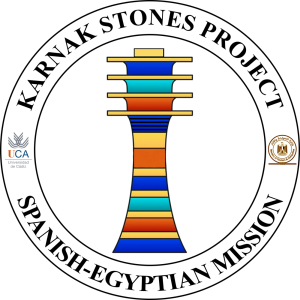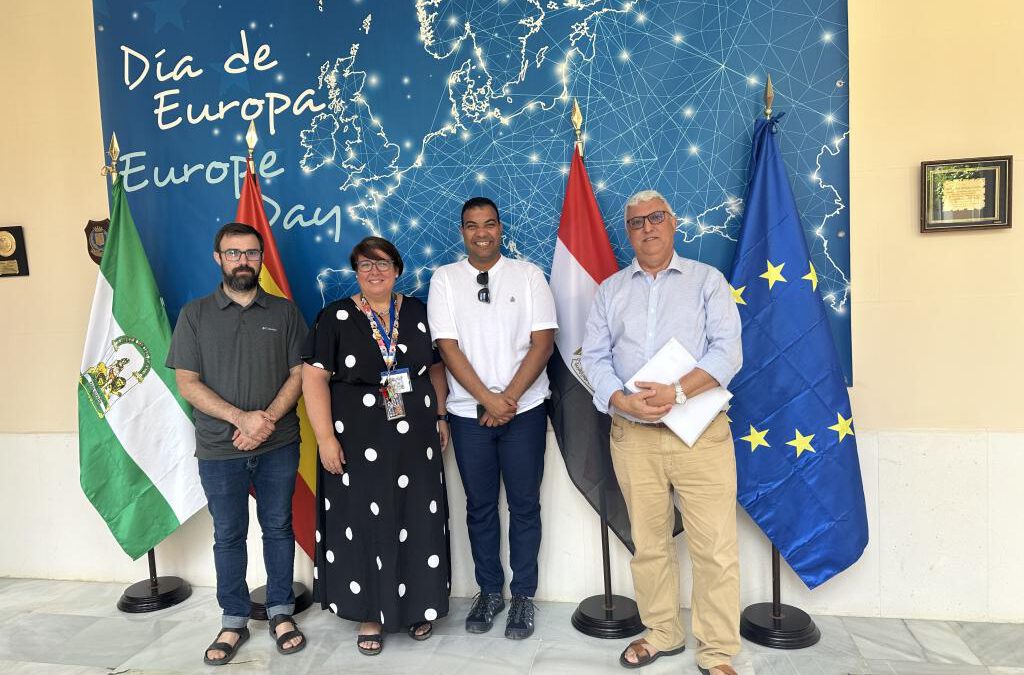Preserving Karnak is not just the work of one team or one nation; it is a collective effort that brings
together experts, archaeologists, and institutions from around the world. The monumental task of
conserving and studying one of Egypt’s most iconic ancient sites requires diverse expertise and
resources. That’s why our work at Karnak is not only about the technical aspects of conservation but
also about collaboration, communication, and shared knowledge. One of the key partners in our
mission is the Ministry of Tourism and Antiquities, which plays an essential role in overseeing and
supporting archaeological work at sites like Karnak. Their leadership ensures that all work aligns with
national standards and legal frameworks, providing the necessary resources and permissions for such
extensive research and conservation projects. The Ministry’s support has been invaluable in helping
to coordinate efforts across various teams and facilitating smoother operations on the ground.
Equally important are the local Egyptian archaeologists who bring their deep, contextual
understanding of Karnak’s history, architecture, and cultural significance. Their expertise in the local
landscape and history offers insights that are important for interpreting the blocks, carvings, and
architectural features we are studying. They are not just collaborators; they are the custodians of the
heritage and the invaluable local knowledge that underpins every discovery and conservation effort.
Our international experts, from universities and institutions around the world, add another
dimension to our project, contributing cutting-edge technology, specialized knowledge, and global
best practices in archaeology, materials science, and conservation. From the use of advanced 3D
scanning and photogrammetry to techniques like ultrasonic pulse velocity tests and the Karsten Tube
Test for moisture and salt damage, their expertise enables us to apply the most modern tools to
age-old challenges. This bridging of knowledge and resources from different corners of the globe
creates a stronger, unified approach to preservation and historical research. The collaboration allows
us to tackle complex issues from multiple angles, ensuring that no stone is left unexamined and that
every aspect of Karnak’s rich history is accounted for in our work. Beyond technical expertise,
collaboration fosters an exchange of ideas and innovation. Regular communication between Egyptian
and international teams ensures that the work we do is sensitive to the site’s cultural heritage, while
also being informed by the latest advancements in conservation science. Together, we work to create
a preservation strategy that is not only effective but also sustainable in the long term. By working side
by side, we are able to protect Karnak for future generations, ensuring that this magnificent
monument to Egypt’s ancient civilization will continue to stand as a testament to human
achievement. Collaboration truly is the key to preserving Karnak, and as we continue our efforts, we
look forward to strengthening these partnerships, learning from one another, and sharing our
progress with the world.

